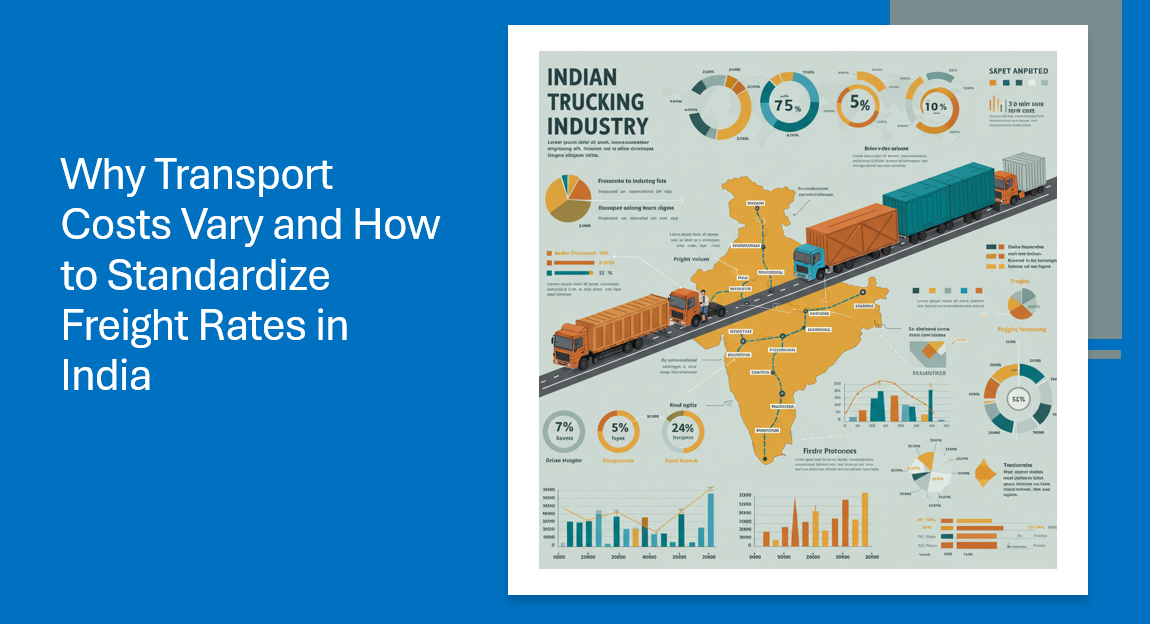We all know—rest is essential for people. Drivers, logistics coordinators, even business owners need time to recharge. In fact, regulated rest periods are mandatory in most countries to ensure road safety.
But here’s where it gets interesting:
“Trucks don’t need rest—they need movement to stay profitable.”
Letting your trucks sit idle for hours or days at a time isn’t giving them a break—it’s bleeding your business.
In this blog, we’ll explore:
- Why resting assets hurt productivity
- Real-world stats and examples
- A success case study
- How you can improve asset utilization
📉 The Hidden Cost of Idle Assets
According to a McKinsey report on fleet optimization, companies that improve vehicle utilization by just 10-15% see up to 20% cost savings in transportation and better on-time delivery scores.
🔗 Read McKinsey’s full report here
Idle trucks cause:
- Revenue loss per km not driven
- Higher depreciation cost per trip
- Underutilized driver bandwidth
- Inefficient fuel and maintenance scheduling
And yet, many fleets still operate below 50% utilization. That’s like buying a ₹40 lakh truck and letting it earn for only half the month.
✈️ Think Like an Airline
Airlines earn money only when planes are flying. So, they work with tight turnaround times. Logistics is no different.
“A moving truck is a profitable truck. A parked truck is an expensive parking fee.”
📊 Case Study: How One Logistics Firm Turned Idle Time into Profit
Company: A mid-sized transport company based in Gujarat
Fleet: 75 trucks (40-ft and 32-ft MXL)
Challenge: 30% idle rate between North-South lanes
Solution Implemented:
- Introduced a digital scheduling dashboard
- Partnered with agri exporters to load fresh produce as backhaul
- Provided performance-based incentives for dispatchers managing quick turnarounds
Results in 3 months:
- Fleet utilization improved from 62% to 82%
- Monthly revenue per truck increased by ₹48,000
- Fuel cost per km dropped by 7.3%
This simple change helped them stay competitive—even when freight rates were dropping.
📈 Industry Insight: What’s the Cost of Delay?
According to the Indian Foundation of Transport Research, detention and idle time account for over 15% of a truck’s monthly downtime—mainly due to delays in unloading, waiting for return cargo, or lack of planning.
This means a potential ₹30,000 to ₹50,000/month loss per truck—not counting missed opportunities.
🔧 Tips to Improve Asset Utilization
✅ 1. Real-Time Visibility
Use GPS and fleet management tools to track idle time, driver performance, and asset locations.
✅ 2. Backhaul Matching
Collaborate with small-scale shippers or agri traders for return cargo. Platforms like ANVE Global , BlackBuck, TruckSuvidha, or Rivigo offer load matching services.
✅ 3. Route Optimization
Use tools like Google Maps APIs, Locus, or FarEye to find faster routes and reduce waiting at choke points.
✅ 4. Cross-Utilization
If your long-haul truck is idle, offer it for short-haul industrial pickups locally—tie up with warehouses.
🚀 Benefits of Active Asset Utilization
- 📉 Lower cost per trip
- 🔄 Higher trip frequency
- 💰 Faster asset ROI
- 📦 Better service to customers
- 🧠 Smarter manpower deployment
📣 Quote from the Industry
“In freight, your truck doesn’t make money when it’s resting. The longer it waits, the more your P&L bleeds.”
— Rajesh Purohit, Logistics Director, AgriFlow Pvt Ltd
🧠 Final Thoughts
Yes—drivers must rest. Your team must recharge. But your truck? It was built to move.
Don’t let your ₹40–50 lakh assets become parking lot ornaments. Build a model that keeps them rolling. That’s how you win in modern-day freight—by running smarter, not just harder.
Start tracking, scheduling, and optimizing today. The difference between profit and loss might just be how often your wheels are turning.







Leave a Reply